Insights

Webinar - A Business Case for Adopting an Advanced Bronchoscopy Solution: Clinical and Economic Insights
Hosted by The Society for Advanced Bronchoscopy (SAB) and presented by Kyle Hogarth, MD, FCCP at the University of Chicago Medical Center and Jason Keeler, Interim Associate VP of Perioperative ...
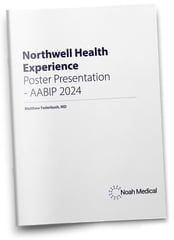
Northwell Health Experience Poster Presentation - AABIP 2024
Matthew Federbush, MD
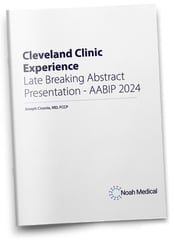
Cleveland Clinic Experience Late Breaking Abstract Presentation - AABIP 2024
Joseph Cicenia, MD, FCCP
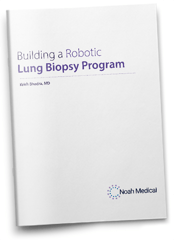
Building a Robotic Lung Biopsy Program
Detection, diagnosis and treatment of early-stage lung cancer saves lives. Learn how your institution can increase procedural volume and revenue, avoid significant capital expenditure to correct for ...
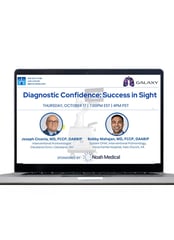
Webinar - Diagnostic Confidence: Success in Sight
Hosted by The Society for Advanced Bronchoscopy (SAB) and presented by Joe Cicenia, MD & Bobby Mahajan, MD
We welcome you to hear from Drs Joe Cicenia and Bobby Mahajan as they talk about ...
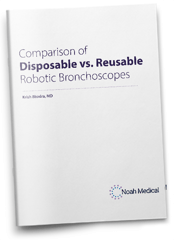
Comparison of Disposable vs. Reusable Robotic Bronchoscopes
Single-use disposable bronchoscopes offer several advantages over reusable bronchoscopes. To learn more about the hidden costs of reprocessing bronchoscopes, the risk of cross-contamination and its ...

Impact of Early Diagnosis in Lung Cancer
Early detection of lung cancer offers several clinical and economic benefits. A combination of patient education, multi-disciplinary integrated lung nodule programs and the use of advanced ...
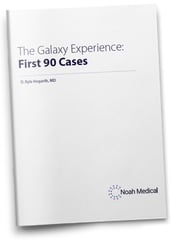
The Galaxy Experience: First 90 Cases
Dr. Hogarth provides insights from the first 90 Galaxy System procedures he and his staff performed at UChicago Medicine. Of the 110 lesions investigated in 90 patients, almost 90% were located in ...
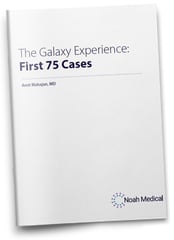
The Galaxy Experience: First 75 Cases
Dr. Mahajan provides insights from the first 75 Galaxy System procedures he and his staff performed at Inova Fairfax Hospital. The lesions averaged 14mm in size, and almost 75% of them were located ...
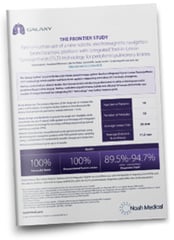
The FRONTIER study
First-in-human use of a new robotic electromagnetic navigation bronchoscopic platform with integrated Tool-in-Lesion Tomosynthesis (TiLT) technology for peripheral pulmonary lesions
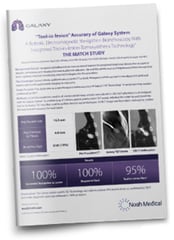
The MATCH study
“Tool-in-lesion” Accuracy of Galaxy System A Robotic Electromagnetic Navigation Bronchoscopy With Integrated Tool-in-lesion-Tomosynthesis Technology
